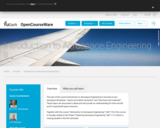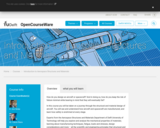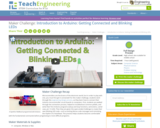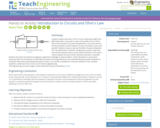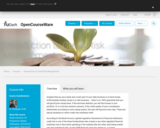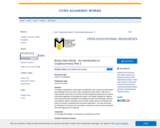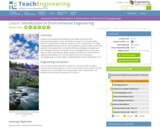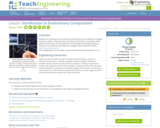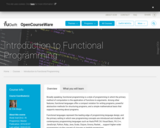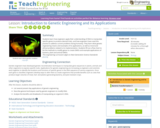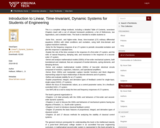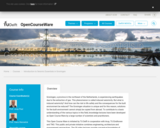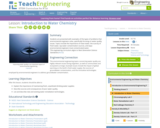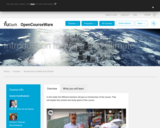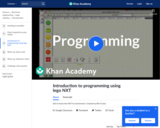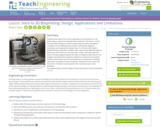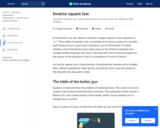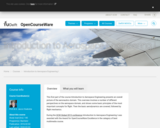
This first part of the course Introduction to Aerospace Engineering presents an overall picture of the aeronautics domain. This overview involves a number of different perspectives on the aerospace domain, and shows some basic principles of the most important concepts for flight. Then the basic aerodynamics are covered, followed by flight mechanics.Study GoalsHave an overview of the history of flightApply basic/constitutive principles of mechanics of fluids - a.o. Bernoulli.Apply control volume approachesExplain flow regimes (viscous/non-viscous; compressible/incompressible aerodynamics) and to estimate viscous and thermal effects Compute lift/drag of simple configurationsDescribe reference frames and derive general equations of motion for flight and orbital mechanicsApply equations of motion to determine aircraft performance in steady gliding, horizontal and climbing flightDerive aircraft performance diagram and flight envelope, in relation to aircraft morphology, lift-drag polar and engine performance
- Subject:
- Engineering
- Material Type:
- Full Course
- Provider:
- Delft University of Technology
- Provider Set:
- Delft University OpenCourseWare
- Author:
- J.M. Hoekstra
- Date Added:
- 02/02/2016

